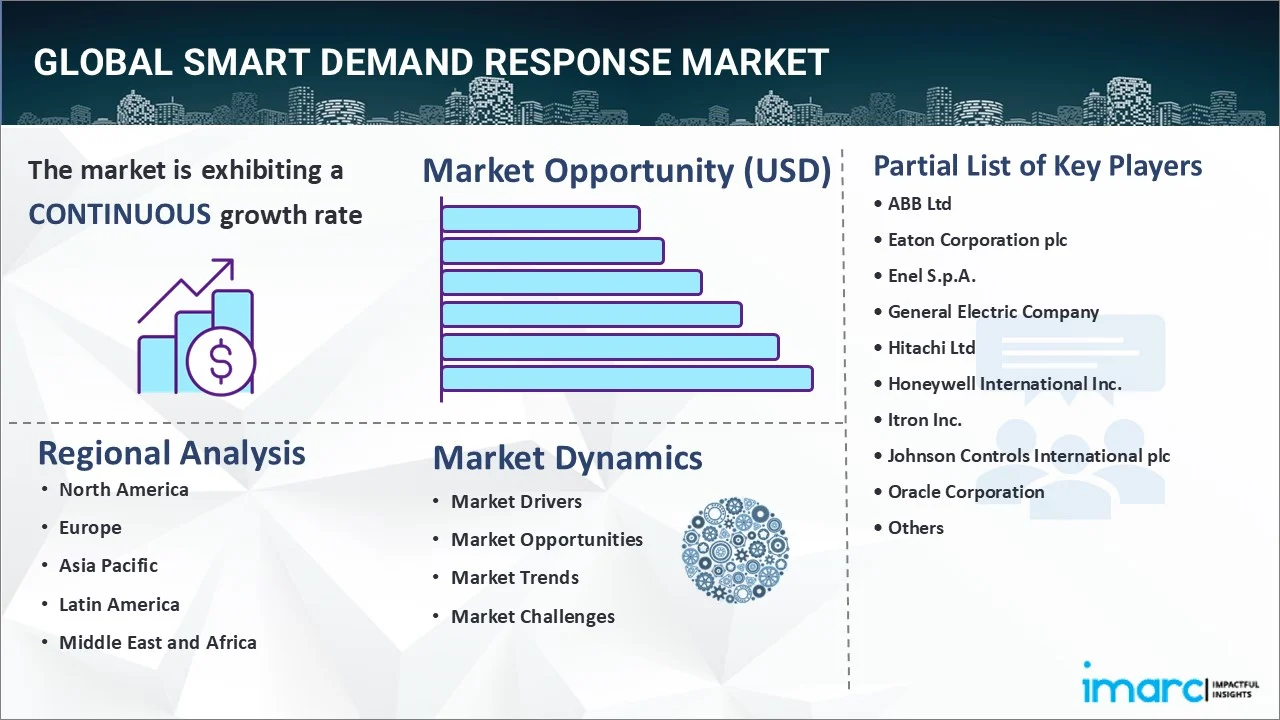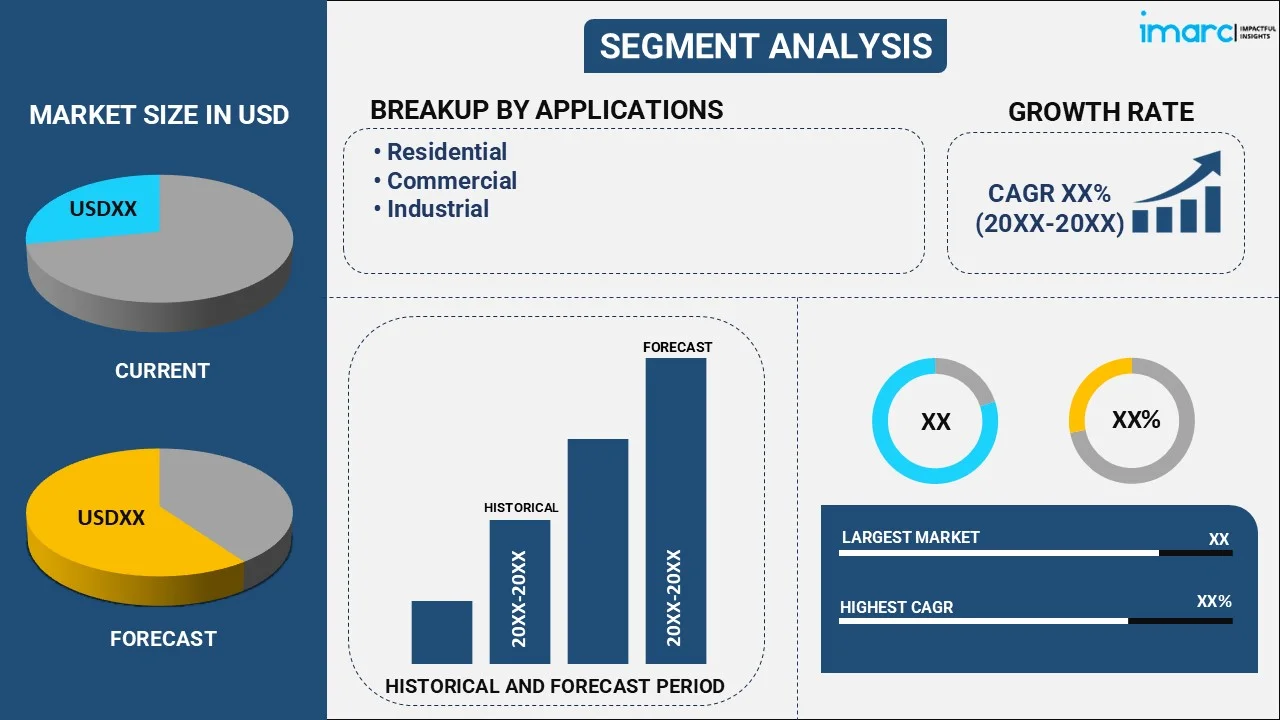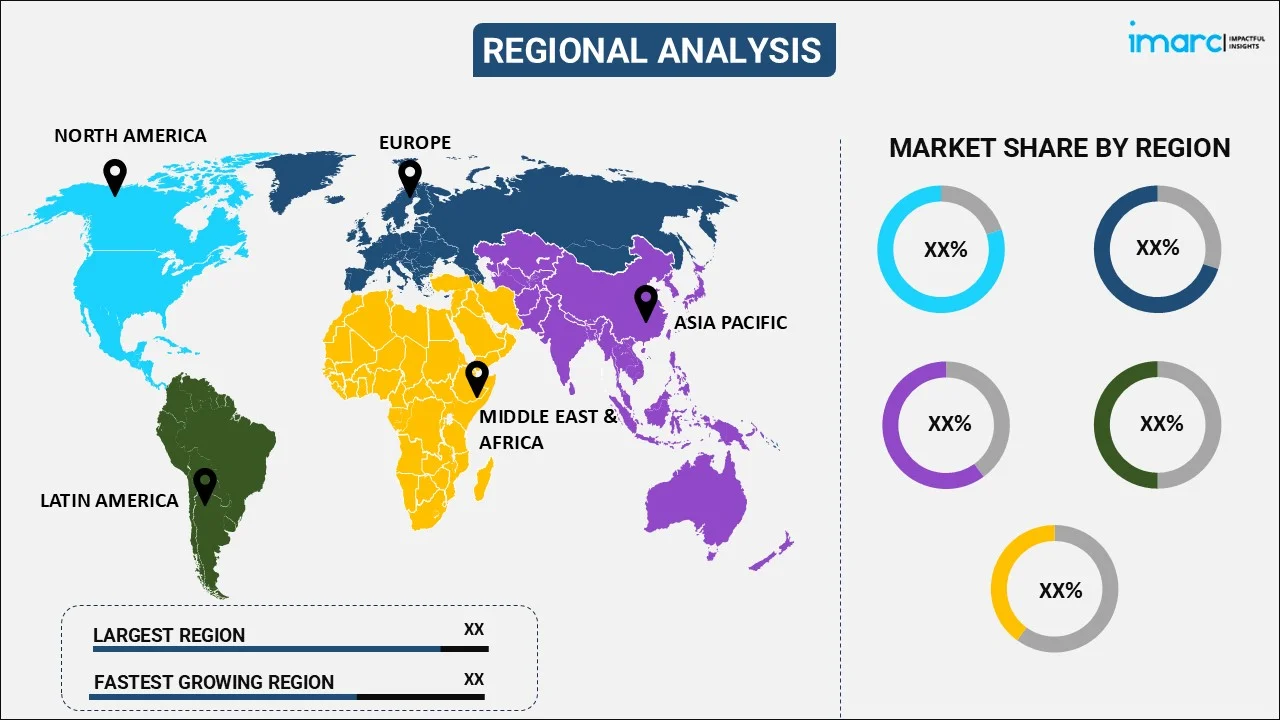
Smart Demand Response Market Report by Application (Residential, Commercial, Industrial), and Region 2025-2033
Market Overview:
The global smart demand response market size reached USD 35.9 Billion in 2024. Looking forward, IMARC Group expects the market to reach USD 88.6 Billion by 2033, exhibiting a growth rate (CAGR) of 10.04% during 2025-2033.
|
Report Attribute
|
Key Statistics
|
|---|---|
|
Base Year
|
2024 |
|
Forecast Years
|
2025-2033
|
|
Historical Years
|
2019-2024
|
| Market Size in 2024 | USD 35.9 Billion |
| Market Forecast in 2033 | USD 88.6 Billion |
| Market Growth Rate (2025-2033) | 10.04% |
Smart demand response refers to a voluntary reduction in energy consumption during peak hours to shift the load on the grid in response to time-based rates or other forms of financial incentives. It is a pre-arranged agreement between the consumer and the utility management authority that enables automatic management of electricity consumption and load on the smart grid without downtime, blackouts and congestion. Smart demand response is usually available to the consumers in the form of emergency, economic, flexible and ancillary demand response. It enables the consumers to choose non-essential loads, which can be shed by themselves or by the utility, at peak times. It also aids in reducing the overall installation costs, operating costs and potential grid failures.

Smart Demand Response Market Trends:
The global smart demand response market is being driven by the growing energy requirements, along with the increasing adoption of smart grid technologies, especially in the developing economies. Smart grids are being widely integrated with smart demand response systems to intercept peak load problems and utilize automatic switching to divert and optimize power consumption. Moreover, the system is also widely adopted by transmission operators to manage networking constraints and relieve voltage congestion in distribution substations. In line with this, the availability of various price-based demand response models is also contributing to the market growth. It includes critical-peak pricing (CTP), real-time pricing (RTP) and time-of-use (TOU) pricing. Additionally, the integration of residential heating, ventilation and air conditioning (HVAC) systems and lighting networks with the Internet of Things (IoT) and cloud technologies, are acting as other growth-inducing factors. These technologies provide real-time insights and alerts on power consumption to the consumer and the producer. Other factors, including extensive infrastructural developments, along with the implementation of favorable government policies, are anticipated to drive the market toward growth.
Key Market Segmentation:
IMARC Group provides an analysis of the key trends in each sub-segment of the global smart demand response market report, along with forecasts at the global, regional and country level from 2025-2033. Our report has categorized the market based on application.
Breakup by Application:

- Residential
- Commercial
- Industrial
Breakup by Region:

- North America
- United States
- Canada
- Asia-Pacific
- China
- Japan
- India
- South Korea
- Australia
- Indonesia
- Others
- Europe
- Germany
- France
- United Kingdom
- Italy
- Spain
- Russia
- Others
- Latin America
- Brazil
- Mexico
- Others
- Middle East and Africa
Competitive Landscape:
The competitive landscape of the industry has also been examined along with the profiles of the key players being ABB Ltd, Eaton Corporation plc, Enel S.p.A., General Electric Company, Hitachi Ltd, Honeywell International Inc., Itron Inc., Johnson Controls International plc, Oracle Corporation, Schneider Electric SE and Siemens AG.
Report Coverage:
| Report Features | Details |
|---|---|
| Base Year of the Analysis | 2024 |
| Historical Period | 2019-2024 |
| Forecast Period | 2025-2033 |
| Units | Billion USD |
| Segment Coverage | Application, Region |
| Region Covered | Asia Pacific, Europe, North America, Latin America, Middle East and Africa |
| Countries Covered | United States, Canada, Germany, France, United Kingdom, Italy, Spain, Russia, China, Japan, India, South Korea, Australia, Indonesia, Brazil, Mexico |
| Companies Covered | ABB Ltd, Eaton Corporation plc, Enel S.p.A., General Electric Company, Hitachi Ltd, Honeywell International Inc., Itron Inc., Johnson Controls International plc, Oracle Corporation, Schneider Electric SE and Siemens AG |
| Customization Scope | 10% Free Customization |
| Post-Sale Analyst Support | 10-12 Weeks |
| Delivery Format | PDF and Excel through Email (We can also provide the editable version of the report in PPT/Word format on special request) |
Key Questions Answered in This Report
The global smart demand response market was valued at USD 35.9 Billion in 2024.
We expect the global smart demand response market to exhibit a CAGR of 10.04% during 2025-2033.
The sudden outbreak of the COVID-19 pandemic has led to the growing adoption of smart demand response to shift the energy consumption across the residential sector, during remote working model.
The rising integration of smart grids with smart demand response systems for intercepting peak load problems and utilizing automatic switching to divert and optimize power consumption, is primarily driving the global smart demand response market.
Based on the application, the global smart demand response market can be categorized into residential, commercial, and industrial. Currently, the industrial sector accounts for the majority of the global market share.
On a regional level, the market has been classified into North America, Asia-Pacific, Europe, Latin America, and Middle East and Africa, where Asia-Pacific currently dominates the global market.
Some of the major players in the global smart demand response market include ABB Ltd, Eaton Corporation plc, Enel S.p.A., General Electric Company, Hitachi Ltd, Honeywell International Inc., Itron Inc., Johnson Controls International plc, Oracle Corporation, Schneider Electric SE, and Siemens AG.
Need more help?
- Speak to our experienced analysts for insights on the current market scenarios.
- Include additional segments and countries to customize the report as per your requirement.
- Gain an unparalleled competitive advantage in your domain by understanding how to utilize the report and positively impacting your operations and revenue.
- For further assistance, please connect with our analysts.
 Inquire Before Buying
Inquire Before Buying
 Speak to an Analyst
Speak to an Analyst
 Request Brochure
Request Brochure
 Request Customization
Request Customization




.webp)




.webp)












